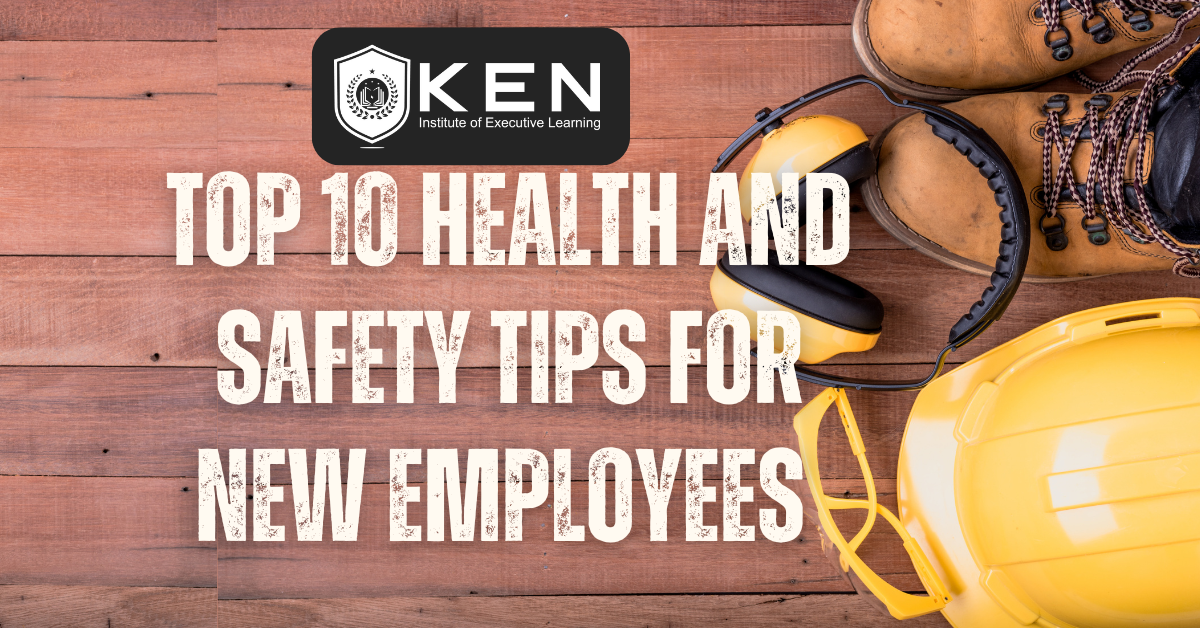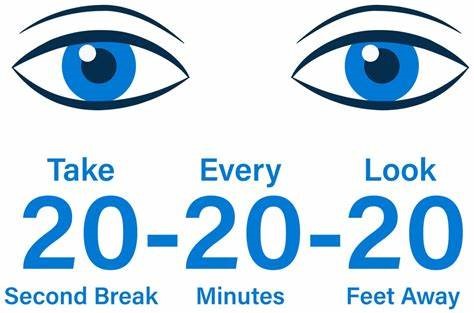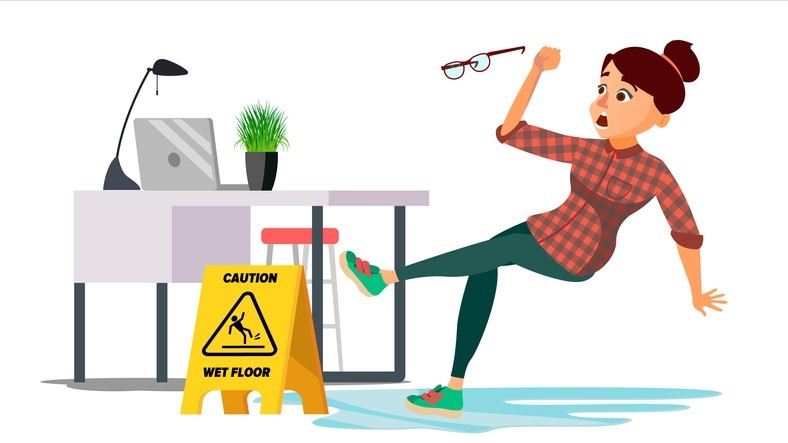
Safety is a continuous process that requires vigilance, proper training, and adherence to established protocols. Ensuring health and safety at work is crucial, especially for new employees unfamiliar with potential hazards and proper procedures. Here are some essential health and safety tips for new employees. You should regularly review these practices to ensure they become your second nature.
General Safety Tips
Understand Emergency Procedures:
Familiarize yourself with the company’s evacuation plan and emergency protocols. Learn the location of emergency exits, fire extinguishers, first aid kits, and emergency contact numbers.
Emergency Exits: Identify the nearest emergency exits from your workstation. Participate in drills to understand the quickest evacuation routes.
Fire Extinguishers and First Aid Kits: Learn the locations of fire extinguishers and first aid kits. Please familiarize yourself with how to use them.
Emergency Contacts: Keep a list of emergency contact numbers readily accessible. Know who to contact in emergencies, such as fires, medical incidents, or security threats.
Use Personal Protective Equipment (PPE):
Always wear the appropriate PPE for your job, such as helmets, gloves, goggles, or ear protection. Ensure your PPE fits correctly and is in good condition.
Appropriate PPE: Depending on your job, this could include helmets, gloves, safety goggles, ear protection, steel-toed boots, or respiratory masks.

Proper Fit and Maintenance: Ensure your PPE fits correctly. Regularly inspect your equipment for any signs of wear and tear and replace it as necessary.
Follow Safety Training:
Attend all required safety training sessions. Apply the knowledge gained from these sessions to your daily work activities.
Mandatory Training: Attend all required safety training sessions provided by your employer. This training is designed to educate you on the specific risks associated with your job and the best practices to mitigate these risks.
Application: Apply the safety protocols and techniques learned in your training to your daily tasks.
Ergonomics and Office Safety
Set Up Your Workspace Properly:
Adjust your chair, desk, and computer screen to maintain good posture.
Use ergonomic equipment to prevent strain injuries.
Chair and Desk Adjustment: Adjust your chair so your feet are flat on the floor and your knees are at a 90-degree angle. Your desk height should allow your elbows to be at a 90-degree angle when typing.
Monitor Position: Place your monitor at eye level, about arm’s length away, to avoid neck strain. Use a monitor stand if necessary.
Ergonomic Equipment: Consider using an ergonomic keyboard and mouse to reduce the risk of repetitive strain injuries.
Use Proper Lifting Techniques: Bend at your knees, not your waist, when lifting heavy objects. Get help if an item is too heavy or awkward to lift alone.
Lifting Method: Bend at your knees and keep your back straight when lifting heavy objects. Hold the object close to your body.

Seek Help: If an object is too heavy or bulky, ask a coworker for help or use mechanical aids like a dolly or lift.
Take Regular Breaks: Follow the 20-20-20 rule – every 20 minutes, take a 20-second break to look at something 20 feet away. Stand, stretch, and move around to avoid repetitive strain injuries. This helps reduce eye strain.

Movement Breaks: Stand, stretch, and move around regularly to prevent musculoskeletal problems and maintain circulation.
Preventing Slips, Trips, and Falls
Keep Work Areas Clean and Organized:
Maintain a clutter-free workspace. Immediately clean up spills and report hazards.
Clutter-Free Workspace: Maintain a tidy workspace to avoid tripping hazards. Keep walkways and exits clear.
Spill Management: Immediately clean up spills and mark wet areas with warning signs until they are dry. Report any leaks or spills you cannot manage yourself.

Chemical and Electrical Safety
Handle Chemicals Safely:
Follow Material Safety Data Sheets (MSDS) and proper procedures for handling chemicals. Store chemicals properly and dispose of them according to regulations.
MSDS: Familiarize yourself with the Material Safety Data Sheets (MSDS) for any chemicals you handle. These sheets provide detailed information on the chemical’s properties, hazards, and safe handling practices.
Proper Storage and Disposal: Store chemicals in designated areas according to their hazard classification. Dispose of chemicals according to your company’s guidelines and local regulations.
Electrical Safety:
Do not overload power outlets. Report frayed cords and other electrical hazards.
Avoid Overloading Outlets: Plugging too many devices into one outlet can cause overheating and fires. Use power strips with built-in surge protectors.

Inspect Cords: Regularly check electrical cords for damage. Do not use equipment with frayed or damaged cords, and report any electrical hazards to your supervisor immediately.
Communication and Reporting
Report Unsafe Conditions:
Notify your supervisor or safety officer of any hazards or unsafe practices you observe. Hazard Reporting: Promptly report any unsafe conditions or potential hazards to your supervisor or the safety officer. Your proactive approach can prevent accidents and injuries.
Participate in safety audits and inspections: Participate in Safety Audits: Engage in safety audits and inspections to identify and mitigate risks. Your input can be valuable in maintaining a safe workplace.
Stay Informed: Regularly check for updates on safety policies and procedures. Engage in ongoing safety training and drills.
Policy Updates: Regularly check for updates on safety policies and procedures. Stay informed about any changes that might affect your work.
Ongoing Training: Participate in ongoing safety training and drills to refresh your knowledge and stay up-to-date with best practices.
Mental Health and Wellbeing
Manage Stress:
Take advantage of employee assistance programs (EAP) if available.
Practice stress-relief techniques like mindfulness or deep-breathing exercises.
Employee Assistance Programs (EAP): Utilize EAP services if your company offers them. These programs often provide resources and counseling for managing stress and other personal issues.
Stress-Relief Techniques: Practice techniques such as mindfulness, deep-breathing exercises, or physical activity to manage stress effectively.
Work-Life Balance:
Set boundaries to maintain a healthy work-life balance. Take time off to recharge when needed.
Set Boundaries: Establish clear boundaries between work and personal time to avoid burnout. Communicate these boundaries to your team.
Take Time Off: Use your vacation days and take time off when needed to recharge. A well-rested mind and body are essential for maintaining productivity and safety at work.
Conclusion
By following these health and safety tips, new employees can significantly reduce the risk of accidents and injuries in the workplace.
Remember, safety is a shared responsibility that requires continuous attention, proper training, and adherence to established protocols. Prioritizing safety not only protects individuals but also contributes to a positive and productive work environment.
“To stay fit and to work in a safe, healthy environment” is the fundamental right of every worker, for top-level safety training, more advice on OHSE, or any personalized information, join Ken Institute and unlock a world of online courses, Occupational Health and Safety, Fire Safety, Mechanical Engineering and Environment and Sustainability. Propel your career to new heights.
Join Ken Institute and unlock a world of online courses in Occupational Health and Safety, Fire Safety, Environment and Sustainability, and Mechanical Engineering. Propel your career to new heights.
Get in touch with us at: info@keneducation.in,
Visit our website www.keneducation.in
Call us on +917569034271
Let’s connect on Facebook, YouTube, LinkedIn, and Instagram.

